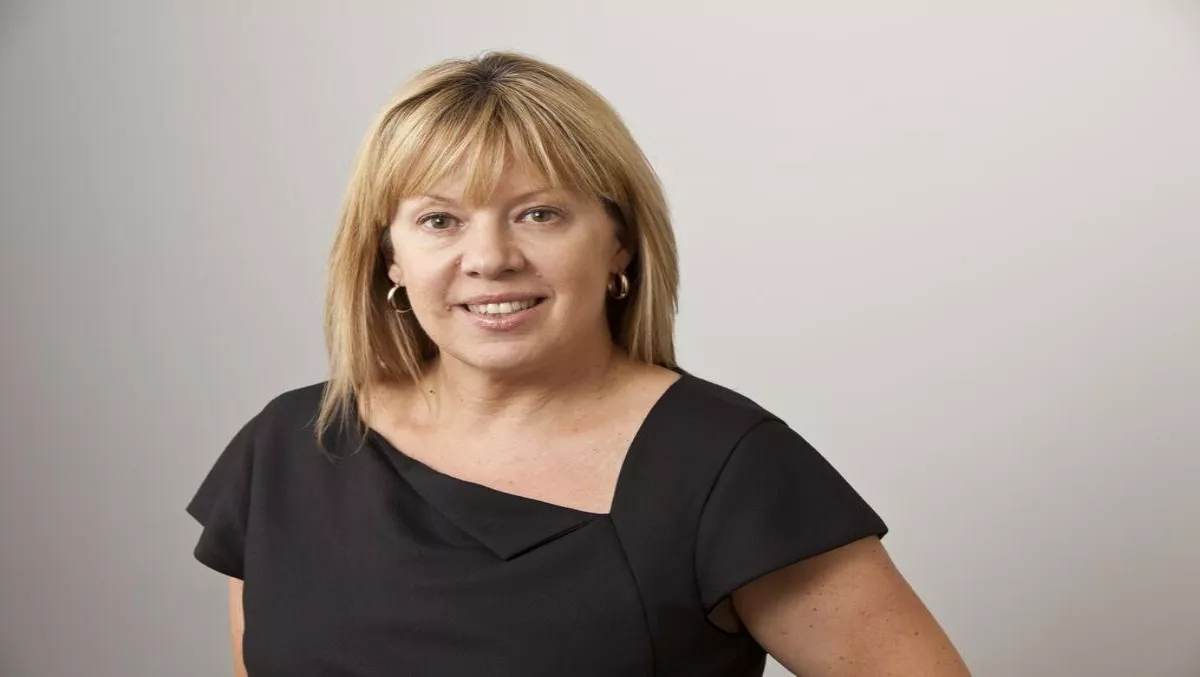
More needs to be done to encourage rainbow diversity in the workplace, according to the NZ head of one of the world's largest healthcare companies and a prominent diversity advocate.
GSK NZ's general manager Anna Stove, who is on the board of Global Women, an organisation which promotes inclusion and diversity, says while the local movement to introduce gender equality at managerial level is gathering momentum, it's important that other sectors of the workforce are not overlooked.
Stove, also a member of the multi-national's Global Disability Council, says currently only around 35 NZ businesses have been formally certified as LGBTTI or lesbian, gay, bisexual, transgender, takatapui and intersex inclusive.
She says every employee has the right to be able to work in a safe and inclusive workplace and that the responsibility of providing this sits at the top.
She says achieving organisational diversity means more than just a ‘token effort' and Kiwi businesses need to make a public statement of support for this part of the community in the workforce.
“Achieving company-wide diversity is a process which requires a significant investment in training and policy making. We want to attract talent from the broadest spectrum of the population to ensure we get and retain the best people,” she says.
Stove says GlaxoSmithKline is the first pharmaceutical company in NZ to have achieved the Rainbow Tick - a certification process that includes auditing, training, policy setting and ongoing monitoring.
She says a demonstration of how effective making the inclusion process can be is that one of her team felt comfortable enough to ‘come out' to their colleagues during the diversity audit and training process.
“Although GSK NZ has a very open and honest culture our staff member had concerns that ‘coming out' could potentially affect their career progression within a multi-national company.
“Because the company was committed to being rainbow certified, it gave him the confidence to discuss this more openly. As an employer, we were thrilled to see the impact of change so quickly,” she says.
Rainbow Tick programme director Michael Stevens says one of the key barriers to implementing change of this nature is getting middle management on board.
He agrees with Stove that more needs to be done to encourage businesses to go through a companywide diversity and inclusion audit as a first step in supporting change.
Interestingly, he says, the problem with attracting this part of the workforce seems to lie with middle management, as senior leaders tend to understand the value of creating an inclusive workplace, and most staff under 30 expect it.
“Another obstacle can be if people think we are trying to change their personal views – we are not. People are entitled to hold onto their religious or personal view, but the employer is stating that ‘in this workplace, this is the professional behaviour that is expected',” he says.
“The NZ businesses which are already certified are aware of the issues around attracting and keeping the best talent, so they seek to create workplaces where their staff feel comfortable and happy. They are also aware that organisations which reflect the communities they operate in tend to be more successful. If a company looks like the world it operates in, it means it will have connections across a much wider area,” he says.
There are obvious benefits for their employees too, he says.
“We hear from staff saying that they feel more comfortable being themselves, more able to challenge any instances of discrimination now knowing that the organisation formally has their back. The Rainbow Tick also seems to reinforce other areas of diversity and inclusion, e.g. pushes for greater gender equity and including different cultures and ethnicities.
Stevens says while the work being done now is with large organisations there is an existing SME model and he says they would welcome having more SMEs take part.
“We're not about forcing major change on our clients, often it's just a little tweak here and there to policies and practices, helping adjust an existing practice, or helping to make something clearer. A lot of the value of the Rainbow Tick lies in taking implicit goodwill in the organisation and making it explicit,” he says.
Stove says one of the key barriers to achieving rainbow diversity in organisations is the inherent challenges around measuring change.
“While it's readily apparent if organisations are promoting more women to senior levels it's not appropriate for them to proactively seek information related to the sexual or gender diversity of their employees.
“This makes it harder to determine how successful efforts have been and can send the message that it is not a priority for the organisation.
Stove says in the absence of detailed metrics on the success of inclusion strategies businesses can gather data on ‘happiness at work' which can be measured through engagement scores on the culture of the business.
